Encyclopaedia of Buddhism : A World Faith : Edifice of Buddhism (Volume XIII)
Synopsis
Of late it has become the custom of most people to identify the word Vedanta with the Advaitic system of the Vedanta philosophy. Advaitism is only one branch of the various philosophic systems that have been founded on the Upanishads. Vedanta covers the ground of dualism, of qualified monism and advaitism. In an age repelled by the excesses of ritualism, casteism, there was the rise of Gautama, the Buddha decrying the Vedic tradition, questioning the existence of a personal God, emphasising the Nirakara, the Nirguna reality. Well, it gave a certain twist to the Indian tradition. Spirituality fled from life to the forests, the Viharas. Asceticism raised its head. Till then asceticism on such a large scale was not there in India. It had its inevitable reaction and ultimately life asserted itself and there was a revival beginning with the great Acharya Shankara. He had to adopt the language of the Buddha but he gave it a new turn. He said, yes, the world as it is, as we experience it, is not true. The reality is Brahman alone. So he started by positing the reality of Brahman, the reality of God which the Buddha had denied. He started with that and he said this world may be an appearance but its basic substance is Brahman and the individual man also is told that he is none other than Brahman. Shankara arrested the spread of the Buddhist movement. The moral codes of most religious are enforced by a deity form outside but the Buddhist takes the moral discipline of Buddhism upon himself. Because an external deity is lacking, conviction of the Truth of the precepts must be generated from within the trainee; thus the conviction stimulating koans. When the teacher sees that the pupil has made the moral code his natural way of life he knows that the latter was finally taken the Buddha, Dharma and Sangha for refuge in the true meaning of the words and is, therefore, just as enlightened as was Sakyamuni Buddha and the patriarchs. One has to live Buddhism, be Buddhism, and to do this the precepts must flow through one’s veins as they very life-blood. Just as we do not notice the coursing of our blood but permit it to flow unhindered, so the Buddhist lives the moral code of the precepts, unhindered by them and unhindering them. The flashes of understanding that come at various times, the kensho-the Satori, as a result of meditation either on a koan or simply by sitting quietly without one, deepen the character of the person and enable him to take the precepts more deeply to himself, but it is the example of the teacher, above all else, in living the Buddhist life, which brings the trainee to the final state when the character is so purged of all greed, hate and delusion that he is the walking embodiment of Nirvana. However, once it is second nature to be constantly exemplifying the precepts, one is not conscious of doing so and so is not conscious of being Buddha. Therefore Buddha recognises Buddha when the trainee sees that the master is himself living Buddhism and the master recognises the pupil as Buddha when the latter keeps the precepts with no smell of holiness and no taint of evil for Buddha then walks, sleep, sites, eats and works in him without any knowledge of Buddha and no attachment thereto. He is spiritually autonomous.
Read more
112.50
101.25
$
125.00 $
Free delivery Wolrdwidе in 10-18 days
Ships in 2-4 days from New Delhi
Membership for 1 Year $35.00
Get it now and save 10%
Get it now and save 10%
BECOME A MEMBER

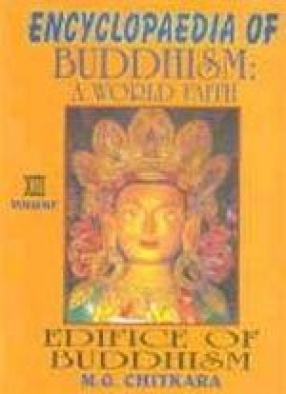


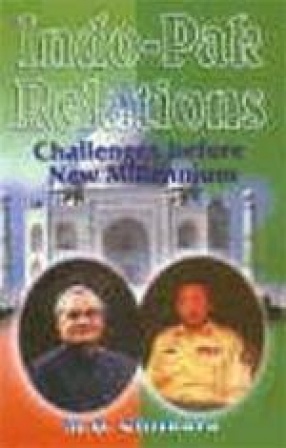

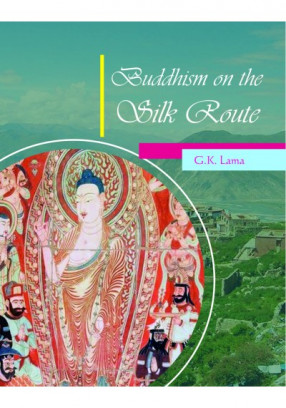
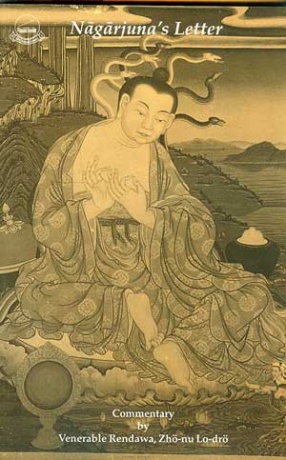
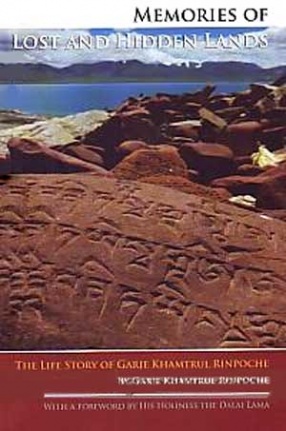
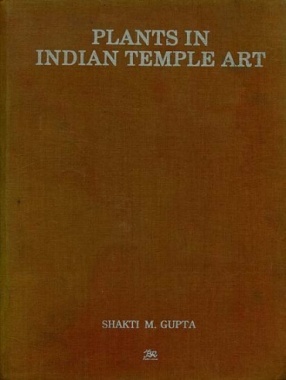

Bibliographic information